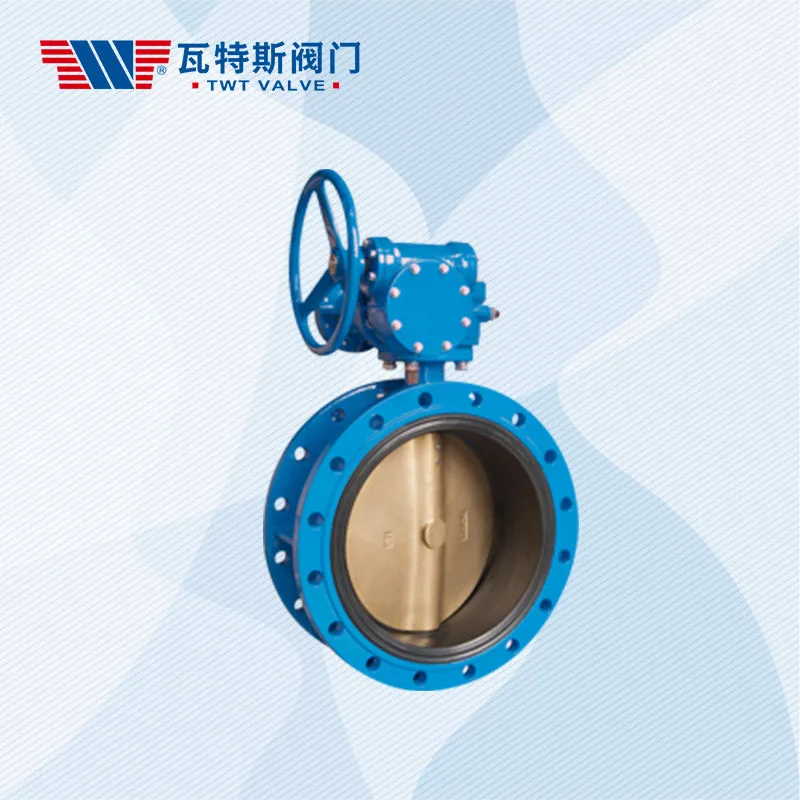Resilient Seated Butterfly Valves:
Resilient Seated Butterfly Valves application
- Plantas de tratamiento de agua: Resilient seated butterfly valves are often used in water treatment plants for regulating the flow of water and other fluids through various stages of the treatment process.
- sistemas de climatización: Resilient seated butterfly valves are used in heating, ventilación, y aire acondicionado (climatización) systems for regulating the flow of air and water through the system.
- Industrial applications: Resilient seated butterfly valves are used in many industrial applications, including chemical processing, alimentos y bebidas, farmacéutico, and pulp and paper industries.
- Sistemas de protección contra incendios: Resilient seated butterfly valves are commonly used in fire protection systems for regulating the flow of water and other fire-fighting agents through sprinkler systems and fire hydrants.
High-Performance Butterfly Valves:

High Performance application
High-performance butterfly valves are designed for use in applications where higher pressures, temperatures, and tighter shut-off requirements are necessary. Here are some common applications for high-performance butterfly valves:
- Oil and gas industry: High-performance butterfly valves are commonly used in the oil and gas industry for controlling the flow of various fluids, including crude oil, natural gas, and refined petroleum products. These valves are designed to withstand high pressures and temperatures and can operate reliably in harsh environments.
- Generación de energía: High-performance butterfly valves are used in power generation plants to control the flow of steam, gas, and other fluids in turbines and boilers. These valves are designed to handle high temperatures and pressures and provide a tight seal to prevent leaks.
- Procesamiento químico: High-performance butterfly valves are used in the chemical processing industry for regulating the flow of corrosive and hazardous fluids. These valves are made of materials that can withstand corrosion and can operate at high temperatures and pressures.
- Plantas de tratamiento de agua: High-performance butterfly valves are also used in water treatment plants for regulating the flow of water and other fluids at high pressures and temperatures.
En general, high-performance butterfly valves are suitable for applications that require a more robust and reliable solution for controlling fluid flow at high pressures and temperatures with a tighter shut-off requirement.
Válvulas de mariposa de triple compensación:
Triple Offset Butterfly Valves application
Triple offset butterfly valves are designed for use in critical applications where high performance, tight shut-off, and low leakage rates are essential. Here are some common applications for triple offset butterfly valves:
- Oil and gas industry: Triple offset butterfly valves are commonly used in the oil and gas industry for controlling the flow of various fluids, including crude oil, natural gas, and refined petroleum products. These valves are designed to provide a tight seal even at high pressures and temperatures, which makes them ideal for critical applications.
- Procesamiento químico: Triple offset butterfly valves are used in the chemical processing industry for regulating the flow of corrosive and hazardous fluids. These valves are made of materials that can withstand corrosion and can operate at high temperatures and pressures with a tight shut-off.
- Generación de energía: Triple offset butterfly valves are used in power generation plants to control the flow of steam, gas, and other fluids in turbines and boilers. These valves are designed to handle high temperatures and pressures and provide a tight seal to prevent leaks.
- Pulp and paper industry: Triple offset butterfly valves are used in the pulp and paper industry for controlling the flow of various chemicals and liquids used in the manufacturing process. These valves are designed to handle harsh chemicals and high temperatures with a tight shut-off.
En general, triple offset butterfly valves are suitable for critical applications that require high performance, tight shut-off, and low leakage rates, especially in harsh environments where corrosive and hazardous fluids are being used.